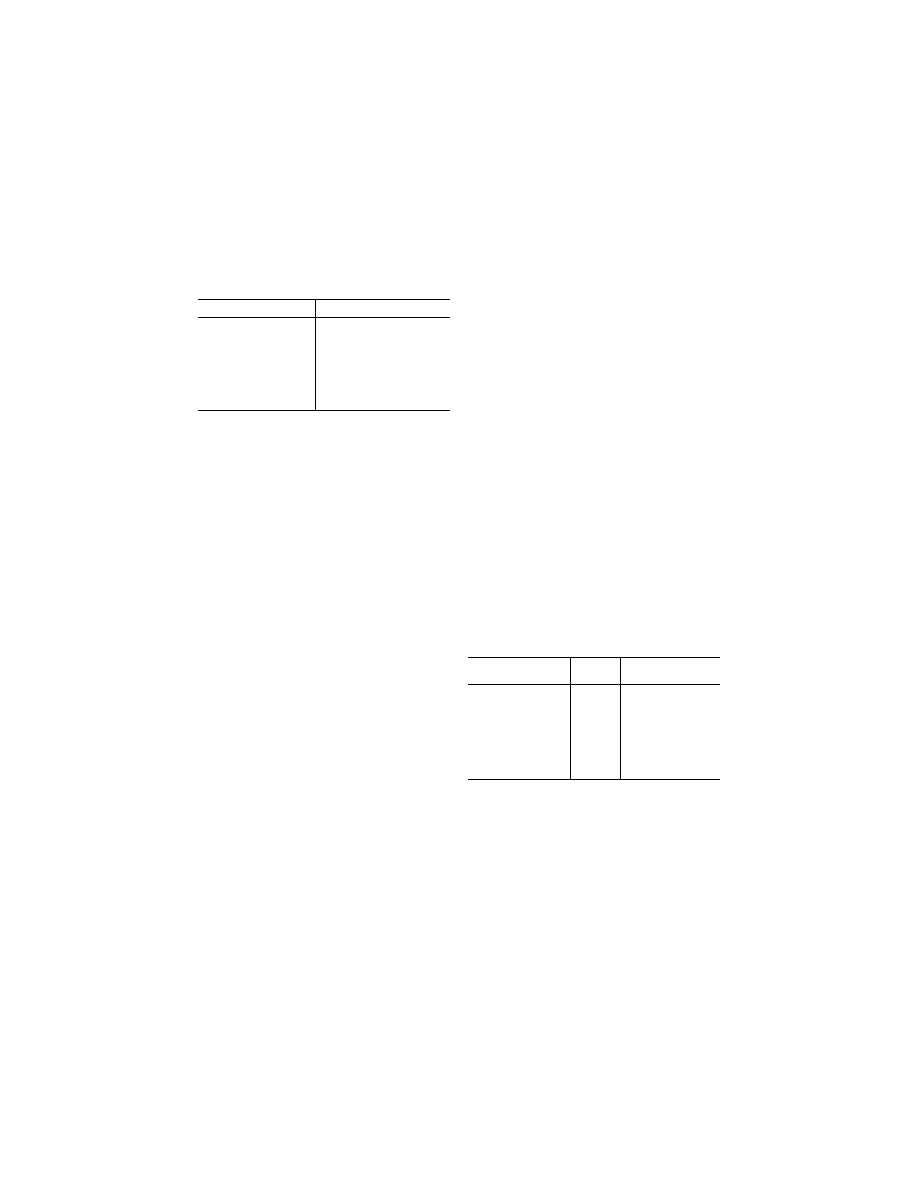
247
Federal Aviation Administration, DOT
§ 25.415
P
ILOT
C
ONTROL
F
ORCE
L
IMITS
(S
ECONDARY
C
ONTROLS
)
Control
Limit pilot forces
Miscellaneous:
*Crank, wheel, or lever ..
((1 + R) / 3)
×
50 lbs., but not
less than 50 lbs. nor more
than 150 lbs. (R = radius).
(Applicable to any angle with-
in 20
°
of plane of control).
Twist ...............................
133 in.–lbs.
Push-pull ........................
To be chosen by applicant.
*Limited to flap, tab, stabilizer, spoiler, and landing gear op-
eration controls.
§ 25.407
Trim tab effects.
The effects of trim tabs on the con-
trol surface design conditions must be
accounted for only where the surface
loads are limited by maximum pilot ef-
fort. In these cases, the tabs are con-
sidered to be deflected in the direction
that would assist the pilot, and the de-
flections are—
(a) For elevator trim tabs, those re-
quired to trim the airplane at any
point within the positive portion of the
pertinent flight envelope in § 25.333(b),
except as limited by the stops; and
(b) For aileron and rudder trim tabs,
those required to trim the airplane in
the critical unsymmetrical power and
loading conditions, with appropriate
allowance for rigging tolerances.
§ 25.409
Tabs.
(a)
Trim tabs.
Trim tabs must be de-
signed to withstand loads arising from
all likely combinations of tab setting,
primary control position, and airplane
speed (obtainable without exceeding
the flight load conditions prescribed
for the airplane as a whole), when the
effect of the tab is opposed by pilot ef-
fort forces up to those specified in
§ 25.397(b).
(b)
Balancing tabs.
Balancing tabs
must be designed for deflections con-
sistent with the primary control sur-
face loading conditions.
(c)
Servo tabs.
Servo tabs must be de-
signed for deflections consistent with
the primary control surface loading
conditions obtainable within the pilot
maneuvering effort, considering pos-
sible opposition from the trim tabs.
§ 25.415
Ground gust conditions.
(a) The flight control systems and
surfaces must be designed for the limit
loads generated when the airplane is
subjected to a horizontal 65-knot
ground gust from any direction while
taxiing and while parked. For airplanes
equipped with control system gust
locks, the taxiing condition must be
evaluated with the controls locked and
unlocked, and the parked condition
must be evaluated with the controls
locked.
(b) The control system and surface
loads due to ground gust may be as-
sumed to be static loads, and the hinge
moments H must be computed from the
formula:
H = K (1/2)
r
o
V
2
c S
Where—
K = hinge moment factor for ground gusts
derived in paragraph (c) of this section;
r
o
= density of air at sea level;
V = 65 knots relative to the aircraft;
S = area of the control surface aft of the
hinge line;
c = mean aerodynamic chord of the control
surface aft of the hinge line.
(c) The hinge moment factor K for
ground gusts must be taken from the
following table:
Surface K
Position of
controls
(1) Aileron ....................
0 .75 Control column locked
or lashed in mid-po-
sition.
(2) Aileron ....................
*
±
0 .50 Ailerons at full throw.
(3) Elevator ..................
*
±
0 .75 Elevator full down.
(4) Elevator ..................
*
±
0 .75 Elevator full up.
(5) Rudder ....................
0 .75 Rudder in neutral.
(6) Rudder ....................
0 .75 Rudder at full throw.
* A positive value of K indicates a moment tending to de-
press the surface, while a negative value of K indicates a mo-
ment tending to raise the surface.
(d) The computed hinge moment of
paragraph (b) of this section must be
used to determine the limit loads due
to ground gust conditions for the con-
trol surface. A 1.25 factor on the com-
puted hinge moments must be used in
calculating limit control system loads.
(e) Where control system flexibility
is such that the rate of load applica-
tion in the ground gust conditions
might produce transient stresses appre-
ciably higher than those corresponding
to static loads, in the absence of a ra-
tional analysis substantiating a dif-
ferent dynamic factor, an additional
factor of 1.6 must be applied to the con-
trol system loads of paragraph (d) of
this section to obtain limit loads. If a
VerDate Sep<11>2014
12:50 Apr 30, 2019
Jkt 247046
PO 00000
Frm 00257
Fmt 8010
Sfmt 8010
Y:\SGML\247046.XXX
247046
spaschal on DSK3GDR082PROD with CFR